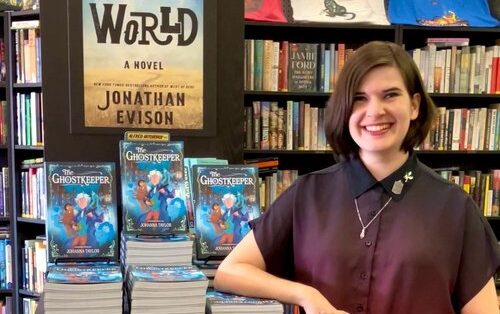
by Michele Kirichanskaya | Nov 6, 2024 | Blog
Johanna Taylor is an illustrator, concept artist with a BFA in Animation and graphic novelist based in Salt Lake City. She is passionate about tabletop RPGs, and comics, exploring topics of mental health through storytelling. Johanna also enjoys video games and...
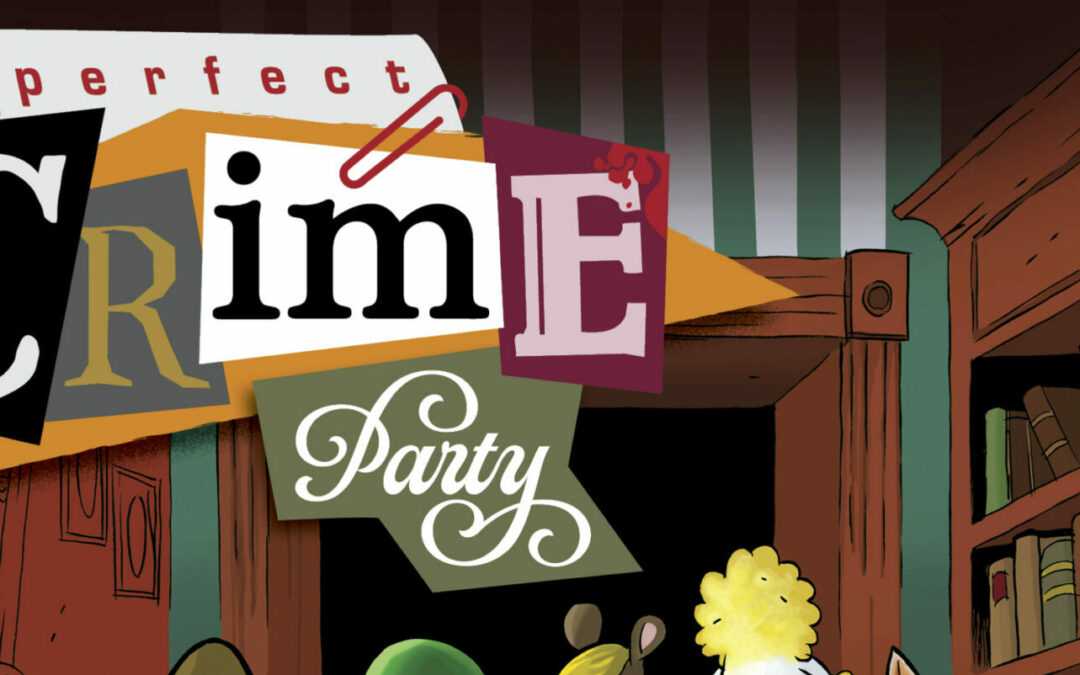
by Joe Corallo | Aug 9, 2024 | Blog
For immediate release: PERFECT CRIME PARTY is A Comics Anthology Packed With 25 Light-Hearted Tales of Criminal Activity, Featuring 40+ Creators And A Cover by Jeff Smith Available Via Backerkit From Award-Winning Publisher Iron Circus Spike Trotman’s Iron Circus...
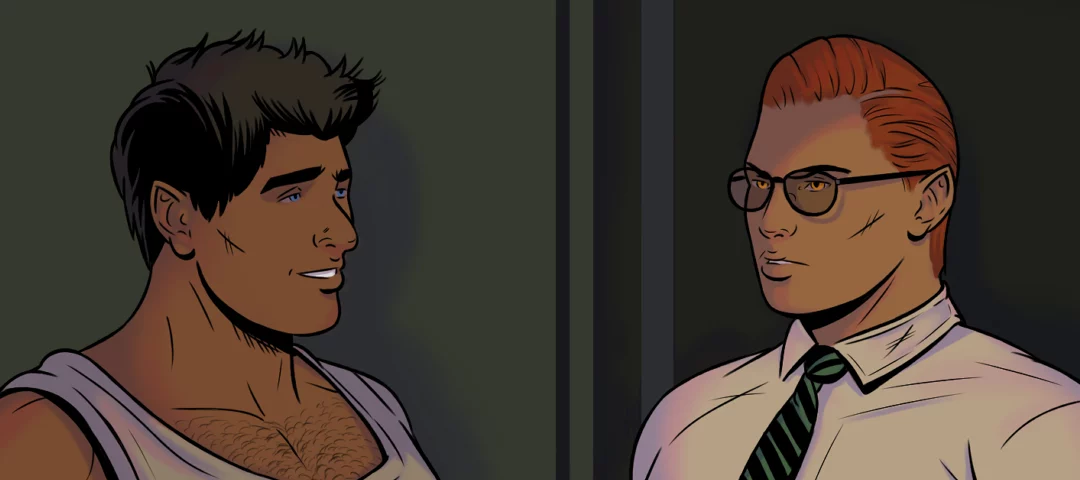
by Alexa Goodrich-Houska (she/they) | Aug 7, 2024 | Blog
Busy Geek Breakdown (TL;DR): “Iron Nail Afternoon” by LJ Phillips is a must-read fantasy webcomic set in a world filled with monsters and misfits. Follow Sed Stonehaven, the charismatic sheriff, along with his allies Rachel, a strategic witch, and Little...
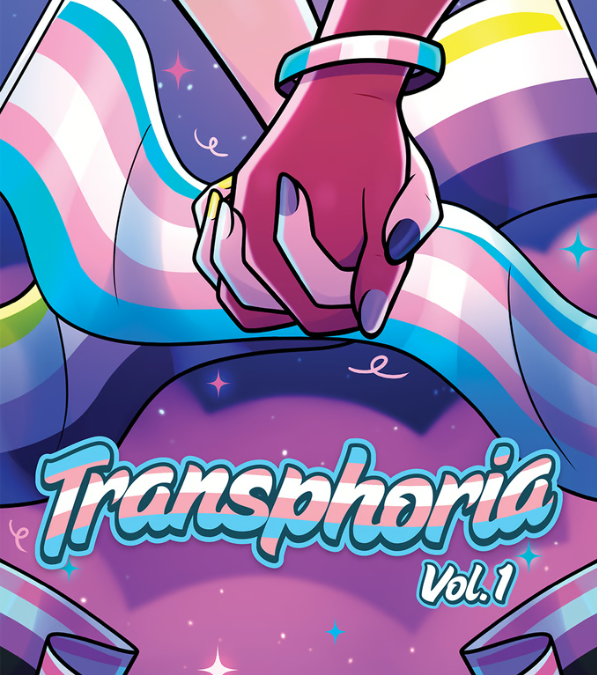
by Alexa Goodrich-Houska (she/they) | Jun 11, 2024 | Blog
Busy Geek Breakdown (TL;DR): This anthology seriously has something for everyone. It’s written by amazing and talented LGBTQ+ artists and authors. You should support the Kickstarter now!!!!! “Transphoria” is a groundbreaking anthology that sets a new...
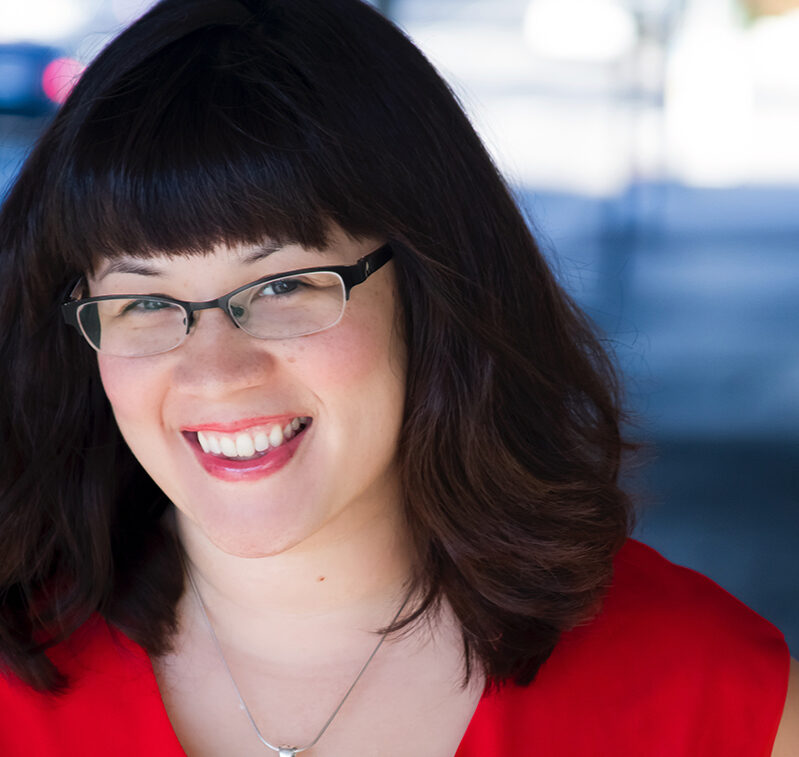
by Michele Kirichanskaya | Mar 14, 2024 | Blog
Sarah Kuhn is the author of the popular Heroine Complex novels—a series starring Asian American superheroines. The first book is a Locus bestseller, an RT Reviewers’ Choice Award nominee, and one of the Barnes & Noble Sci-Fi & Fantasy Blog’s Best Books of...






